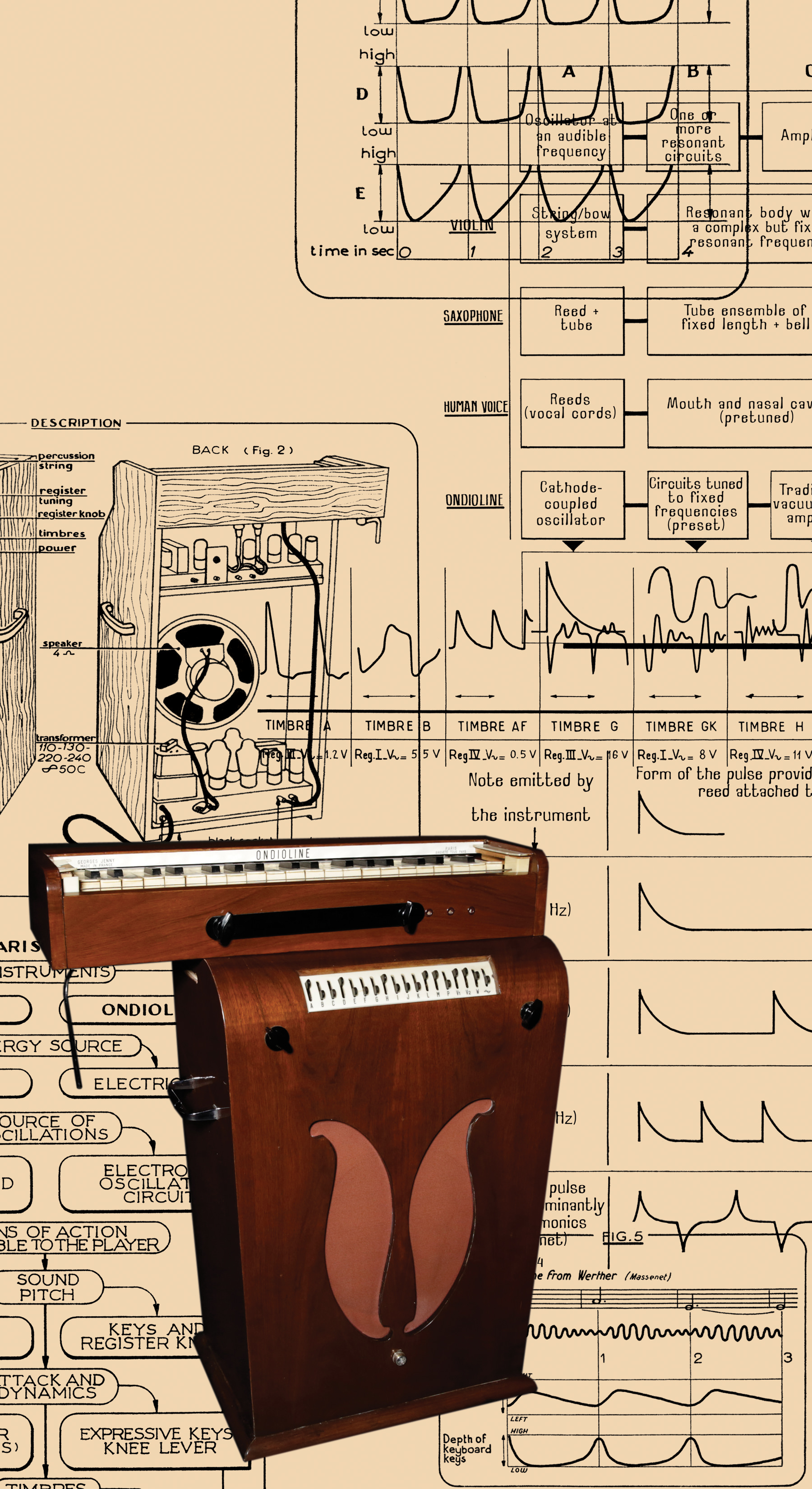Part of publishing Tape Op involves going to the NAMM show every January. It's nice to see our friends there, and there's always a lot of gear to look at, but honestly a lot of it is pretty much the same items from previous years, without much innovation (beyond some new digital I/O port to keep up with changing computer specs). I'll bump into other magazine folks and they'll ask, "What's the coolest thing you've seen so far?" and I glaze over, with no real answer to be had. Generally few of the hundreds of things I see every year would actually help me make records better or faster in any significant way. But this year, I had an answer; "Check out the new shock mount from Aston, it's really great!" A shock mount? Really? Along with headphones, shock mounts are one of the biggest maintenance hassles in any studio. The old German birdcage-style mounts – with elastic bands – suck and are expensive. Yeah, I know they look classically cool, but the elastic always wears out, the whole thing falls apart, and you're stuck messing around trying to restring them and/or find new elastic bands that fit. Until now, my favorite commercially available shock mounts were the Rycote mounts. They last forever and will hold almost any mic, but the three thumbscrew system is fiddly, and it takes time to get a mic mounted securely. Aston's Swift Shock Mount is similar to the Rycote mounts, with a nylon and aluminum frame, surgical latex suspension, and the familiar three small, round grippers to hold the microphone, but there is one big difference: One of the round grippers is stationary and the other two are on spring-loaded arms, so inserting a mic of any size takes about one second. Genius!
I tested the Swift Shock Mount with a variety of mics, and there were very few mics it didn't work well with. It's a perfect fit for a Neumann U67 or U87, as well as our vintage Neumann CMV-563 [Tape Op #49]. It also worked fine with our Telefunken ELA M 251 [#34], our very heavy Bock IFET 7 (similar to a Neumann FET 47 [#115]), and also with our Wunder CM12 (similar to an AKG C 12). In all cases I carefully shook the shock mount up and down to see if the mic would come loose or fall – in all cases it did not budge one bit. The replaceable rubber grippers hold very securely onto any mic you put into the Swift Shock Mount. I was pleasantly surprised that the Swift Shock Mount also worked equally well with unusually shaped mics, like the AKG 414 and Blue Blueberry. Although the two moving grippers contacted the edges of the square-ish mics, they still held the mics very securely and passed the shaking test with flying colors. In the end, the only mics that would not fit in the Swift Shock Mount were our tube U47s (Wunder, Telefunken, and Bock) and the Blue Mouse, they were just a fraction of an inch too big to fit into the mount. However, our vintage Church U47 (#60, Pearlman Church mic) fit perfectly into the Swift Shock Mount, and that has been a mic that has been difficult to fit into other shock mounts due to some weird metal work on the sides of the body.
The second component of Aston's SwiftShield package is a pop filter that snaps quickly and securely onto the Swift Shock Mount and places a .2 mm piece of stainless steel (with a mesh of hexagonal holes) in front of the microphone in the mount. Depending on the mic, it's about two and half inches from the microphone. It is easy and quick to attach the pop filter to the mount, and better than fiddling around with those pop filters with flexible goosenecks that clamp to mic stands. My favorite pop filter to date is The Hook 375 DS [#74], so I did an A/B test between the 375 and the SwiftShield and popped as many P's and B's as I could into a Blue Blueberry mic. After matching the distance and volume as closely as possible, I'd say that the SwiftShield was just as effective as the 375 at reducing plosives. I was a bit skeptical at first, as the 375 is double screened and the SwiftShield is a single screen, but it seemed like there was a slight bit more low end reduction from the SwiftShield, and less attenuation of high end response.
Aston is a relatively new company in the pro audio space, but they're already getting a reputation for making innovative products. Last year they debuted the Starlight mic, a SDC with a laser pointer [#123]. Although maybe not as flashy (literally!) as the Starlight, and very useful product that will save you time in the studio. For recording vocals with most large diaphragm condenser mics, the SwiftShield and Swift Shock Mount will be my go to set up. If you're in the market for a shock mount and pop filter combination, the SwiftShield should be your first choice.




_disp_horizontal_bw.jpg)